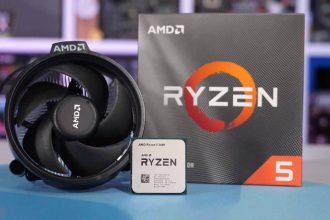Are you looking to immerse yourself in the world of 3D animation?
Creating animation with a 3D illustrator can help bring to life visually appealing and imaginative content. 3D design has become an incredibly popular approach to making all sorts of animated films, shorts, and personal projects. But many people believe it’s a very tough thing to get into when in reality it’s a lot simpler.
The introduction of 3D design greatly impacted many different industries, changing the way we see different forms of visual content. Many fields of business have become dependent on 3D design programs and tools to bring to life new ideas and other creative endeavors. At the same time, it’s become easily accessible to more people who can put together their own illustrations and animations.
Are you interested in learning about 3D illustration? Continue reading for our beginner’s guide to using a 3D illustrator.
How a 3D Illustrator Works
Most programs involve digital artwork in a similar fashion. You place objects within a 3D scene that gets viewed through a camera, where you can organize and manipulate everything within it. You can create new objects by modeling them within the program, as well as putting together lighting within a scene.
Doing all of this requires some understanding of how objects move in three-dimensional space. Traditional animation is done on a 2D plane, but a 3D program is more complicated. Everything within a program, like this 3D illustrator, can get influenced on the X, Y, and Z-axis within 3D space.
What You Can Do with a 3D Illustrator?
A common use of a 3D Illustrator is for projects in advertising and animation. Because everything gets made in three dimensions, this can include more complex shapes and different compositions or layouts that you wouldn’t easily get in a 2D program.
With any kind of digital art, you want the most tools open to you for when you’re making something unique.
Using the Right Tools
When making 3D creations, you have more tools than most traditional 2D creations. Objects can be made and manipulated with tools that sculpt or trim meshes, as well as change how objects interact with each other. You also have control over the lighting and how everything is displayed, allowing for different ways to present your 3D creations.
With 3D illustrations, the programs themselves can be widely different tools. This can mean using Autodesk Maya for one type of project or going with ZBrush instead. However, the general principles of how you go about creating things are the same between them.
Rendering It All Out
When you’ve organized your scene and set everything how you want it to be, it’s time to put it all together. Rendering is usually the last step for finalizing any 3D illustration or project.
Rendering runs the calculation within a program the way objects and lighting should be seen through the set camera, producing the image or animation you made in its final form. You want to render once you’re done editing or making parts of the 3D illustration since rendering can often take some time for a program to run all of its calculations. One program you can try out is Taitopia Render, which is entering the game with some amazing features.
Becoming Adept with a 3D Illustrator
3D illustration can seem complex if you’re a rookie, but after reading through our beginner’s guide on how to use a 3D illustrator, you should be on your way to making your own unique creations.
Discover more articles about technology and other topics on our website!















